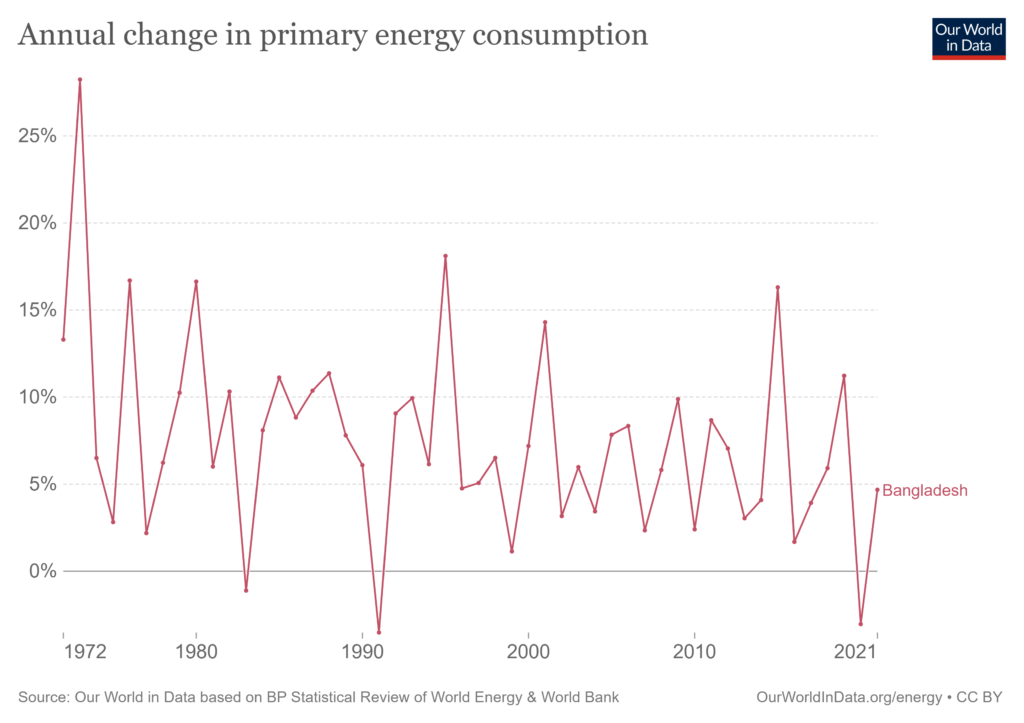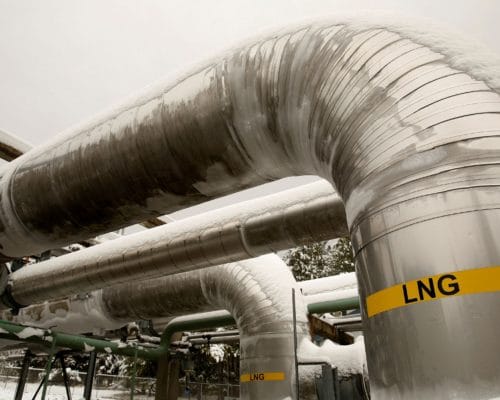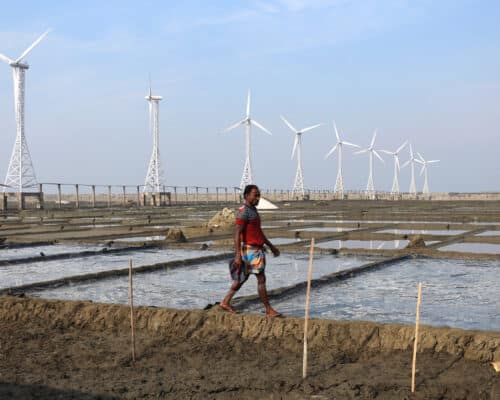Solar Energy In Bangladesh: Current Status and Future
Syed Tasfiq Mahmood/Shutterstock.com
09 June 2024 – by Eric Koons
There is significant potential for solar energy in Bangladesh. Not only is the low-lying country committed to growing its renewable energy capacity, but the population of over 170 million is growing at 1% annually. This growing population and its developing economy generate an average energy demand increase of 4.68% annually.
However, Bangladesh relies heavily on domestic and imported fossil fuels, which has led to an ongoing energy crisis. Rolling blackouts and load sharing have plagued the country during 2024, throttling the economy and highlighting the concerns of fossil fuel dependence.
More than ever, it is clear that Bangladesh needs to invest rapidly in renewable energy sources to create a resilient grid that can support its growing capacity requirements. Solar can potentially take a leading role in these decarbonisation efforts, and its capacity is already growing.
Does Bangladesh Suit Solar? – Prospect of Solar Energy in Bangladesh
Bangladesh is well-suited to decentralised and utility-scale systems. Its capital, Dhaka, is the world’s fourth-most densely populated city, whereas many other parts of the country are rural and sparsely populated. Looking at Bangladesh as a whole, it has an average theoretical solar potential of around 4.59 GHI, which puts it around the middle in comparison to other countries. In this case, the situation is good and means that solar is viable.
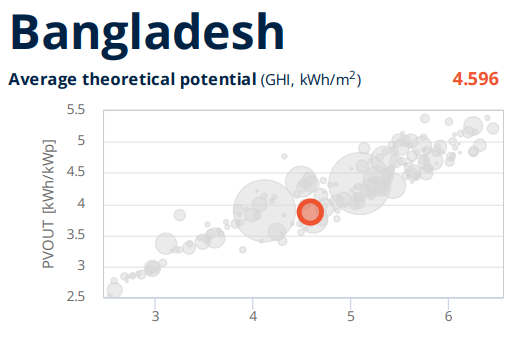
Meanwhile, Bangladesh is heavily investing in distributed systems through the world’s largest off-grid solar system program, the Rural Electrification and Renewable Energy Development (RERED) Project. Since 2003, this solar home systems program has electrified areas that are home to over 20 million people across the country. The project is viewed by experts as an excellent case study on rural electrification. However, rural communities generally have significantly lower energy demands than urban centres that are industrial hubs. For this reason, solar energy capacity in the country remains a small fraction of total power production.
On the other hand, utility-scale solar is mainly undeveloped. Bangladesh is a low-lying country with high solar irradiation levels, giving it the potential for large-scale PV farms. Additionally, it is located in the largest river delta in the world – the Ganges Delta – which means a lot of water among a predominantly flat landscape.
In these conditions, large solar farms have great potential. In river or lake areas, floating solar farms, like in Singapore and China, have a lot of potential.
How Much Solar Power Does Bangladesh Produce?
Renewable energy production in Bangladesh is extremely low, at 1% of total generation. As of 2020, solar comprised just one-third of renewable energy production, with a total annual output of 389 GWh.
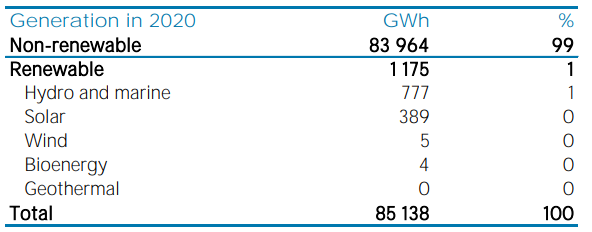
Although the total generation numbers are lacklustre, solar has played a major role in overall electrification rates. The RERED program offered by the government covers 12% of its rural population, and solar capacity shows an increasing trend. For example, in 2021, 45 MW of solar capacity was added to the country’s grid.
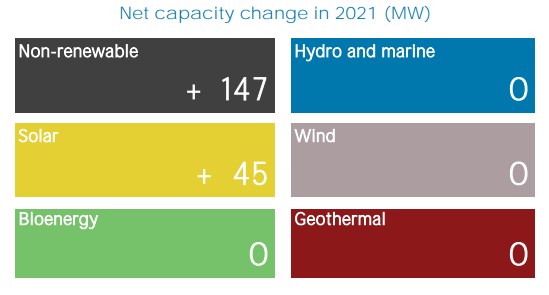
Additionally, small-scale solar farms produce enough electricity for 4 million households, and the country boasts 21 independent solar mini-grids. This infrastructure includes 1,000 solar irrigation pumps that the government provided to agricultural workers, enabling less reliance on natural precipitation while helping boost both yields and income in impoverished areas.
While overall solar capacity is low, solar PV power plants are beginning to show success throughout the country. This will stimulate larger, far-reaching renewable energy projects.
What Is the Largest Solar Power Plant in Bangladesh?
The Rays Power Infra 275-MW capacity solar plant in Sundarganj, Gaibandha, is currently the largest solar photovoltaic power plant in Bangladesh. It was completed in January 2023 and is connected to the national grid. The plant comprises over 500,000 individual solar modules spread over 600 acres of land. Estimates predict the facility will offset more than 375 billion tonnes of carbon dioxide emissions over its lifetime.
Rays Power Infra currently has 1.3 GW of solar energy capacity developed in the country and has plans to expand the capacity up to 2.0 GW in the next two years.
Some other notable solar farms and future solar projects in Bangladesh include:
| Location | Generation Capacity | Project Status |
| Gangachara, Rangpur | 30 MW | Ongoing |
| Dharmapasha, Sunamganj | 32 MW | Ongoing |
| Gauripur, Mymensingh | 50 MW | Ongoing |
| Chuadanga | 50 MW | Future |
| Netrokona | 50 MW | Future |
| Mongla, Bagerhat | 100 MW | Ongoing |
| Feni | 100 MW | Future |
| Narsingdi | 120 MW | Future |
| Sundarganj, Gaibandha | 200 MW | Ongoing |
What Are Bangladesh’s Renewable Energy Goals?
Bangladesh has ambitious solar and green energy goals including building best solar systems in Bangladesh. The country plans to generate 4,100 MW of clean energy by 2030, consisting of 2,277 MW from solar, 1,000 MW from hydropower, and 597 MW from wind power.
Additionally, by 2041, Bangladesh aims to generate 40% of its power from clean sources and import 9,000 MW of renewable energy in Bangladesh from neighbouring countries.
Considering the country’s current total energy production capacity is around 25.5 GW (including fossil fuels), these plans include projected growth demand over the same period. The government plans to provide more solar capacity to residential and business users and create stimuli for electric vehicle (EV) adoption. These plans are very ambitious, especially considering the country currently relies on fossil fuels for 99% of its energy needs.
The Future of Solar Power in Bangladesh – No Time To Waste
Solar power in Bangladesh is a potential source of prosperity, reliable energy and a means to decarbonise the economy. As a low-lying nation particularly vulnerable to climate change impacts, it can’t afford to put off this transition. Not only will it reduce the climate impacts the country feels, but it will create a grid that is more resilient during these events.
Large solar projects can provide clean power to densely populated areas, while solar mini grid projects can energise remote, off-grid areas. With good solar incentives and programs, the Bangladeshi government can stimulate renewable energy growth within the country.
by Eric Koons
Eric is a passionate environmental advocate that believes renewable energy is a key piece in meeting the world’s growing energy demands. He received an environmental science degree from the University of California and has worked to promote environmentally and socially sustainable practices since. Eric’s expertise extends across the environmental field, yet he maintains a strong focus on renewable energy. His work has been featured by leading environmental organizations, such as World Resources Institute and Hitachi ABB Power Grids.
Read more